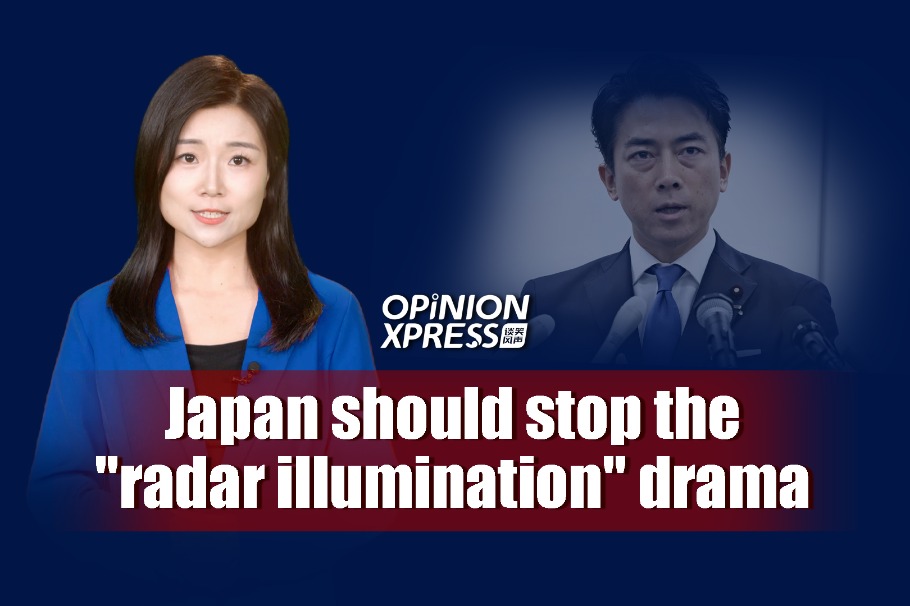Making the extra yard
By Huang Zhiling | China Daily | Updated: 2019-01-26 09:20

"I believe architecture has a soul only when it is combined with culture. In the redesign of existing buildings, we should think about the choice and model the space from the perspective of history and humanity. The new space created by the design should be a continuation of the spirit of the place, or the value of the place is lost," he said.
Although No 21 Buhou Street had witnessed reconstruction many times, its space structure and five towering ginkgo trees in the inner yard remained.
Retaining the original space structure and the trees meant retaining the "box" to accumulate time, said Liu who restored old trees and a pool to the space in his design.
For the three-storey, frame-based building renovation design, Liu used the second and third flat roofs to add three outdoor tea bars and cafes in a picturesque disorder, and connected the original steel ladder to the downstairs yard. That way, the middle and lower gardens correspond with each other, making the traditional "yard" extend into three-dimensional space.
Before Liu designed Buhou, it had a multilayered frame and gable slope top. He gave up the standard gable slope and the traditional single drainage function of the slope roof, instead building the inclined roof with a multifaceted diamond-like appearance.
Equally, rather than covering the outside with black bricks, typical of that period, or simple red bricks of the old factory, he introduced steel and glass to the street-facing elevation to reveal bamboo in the courtyard.
























